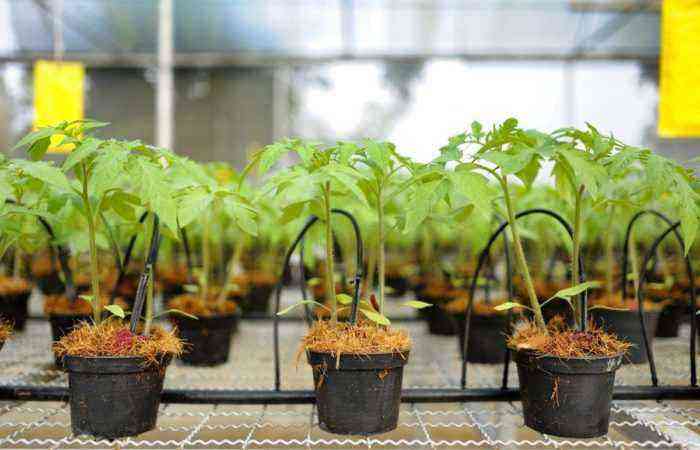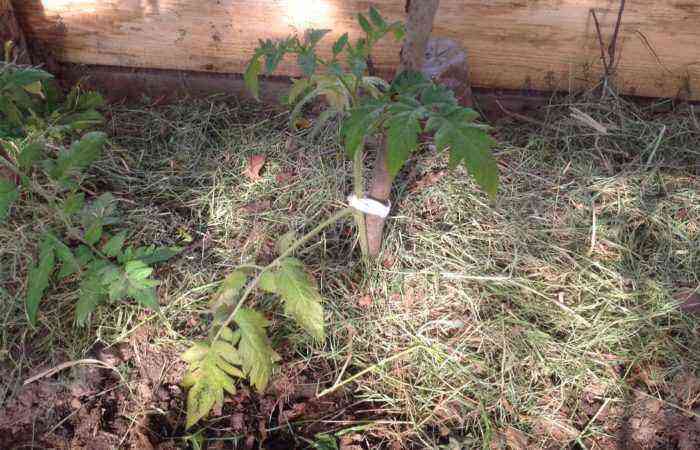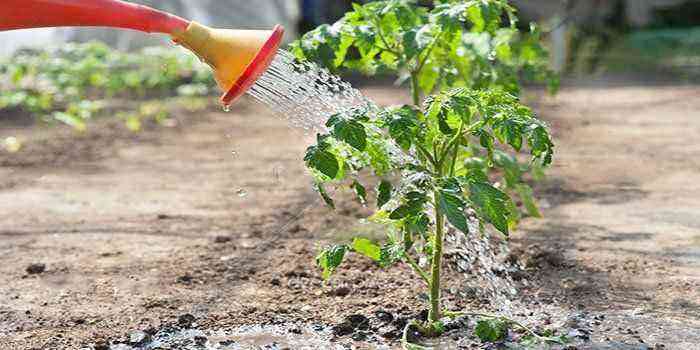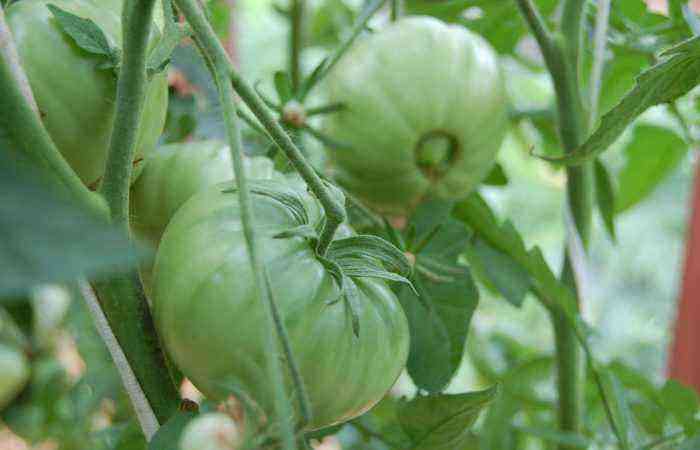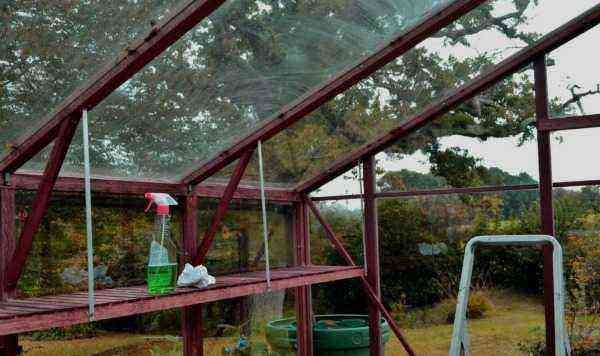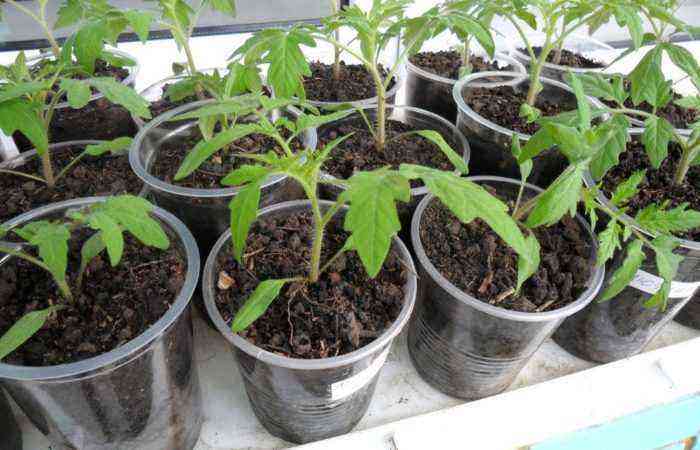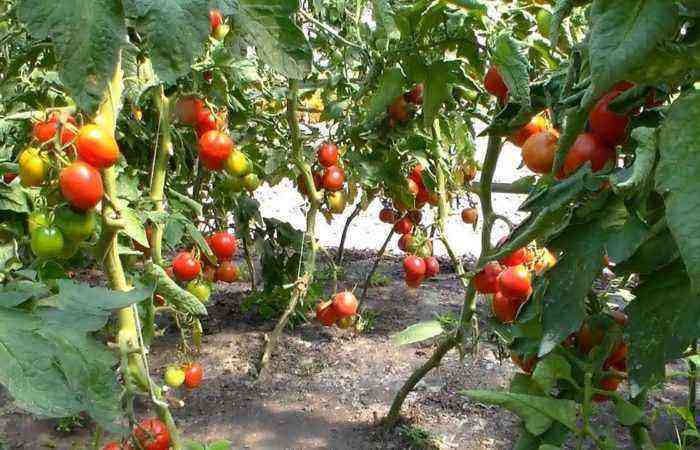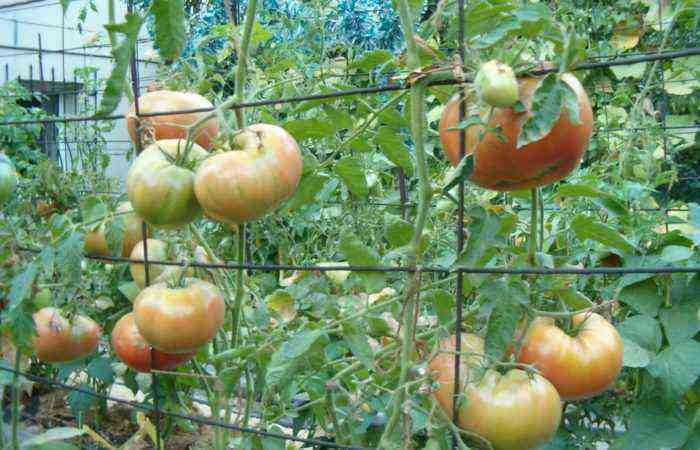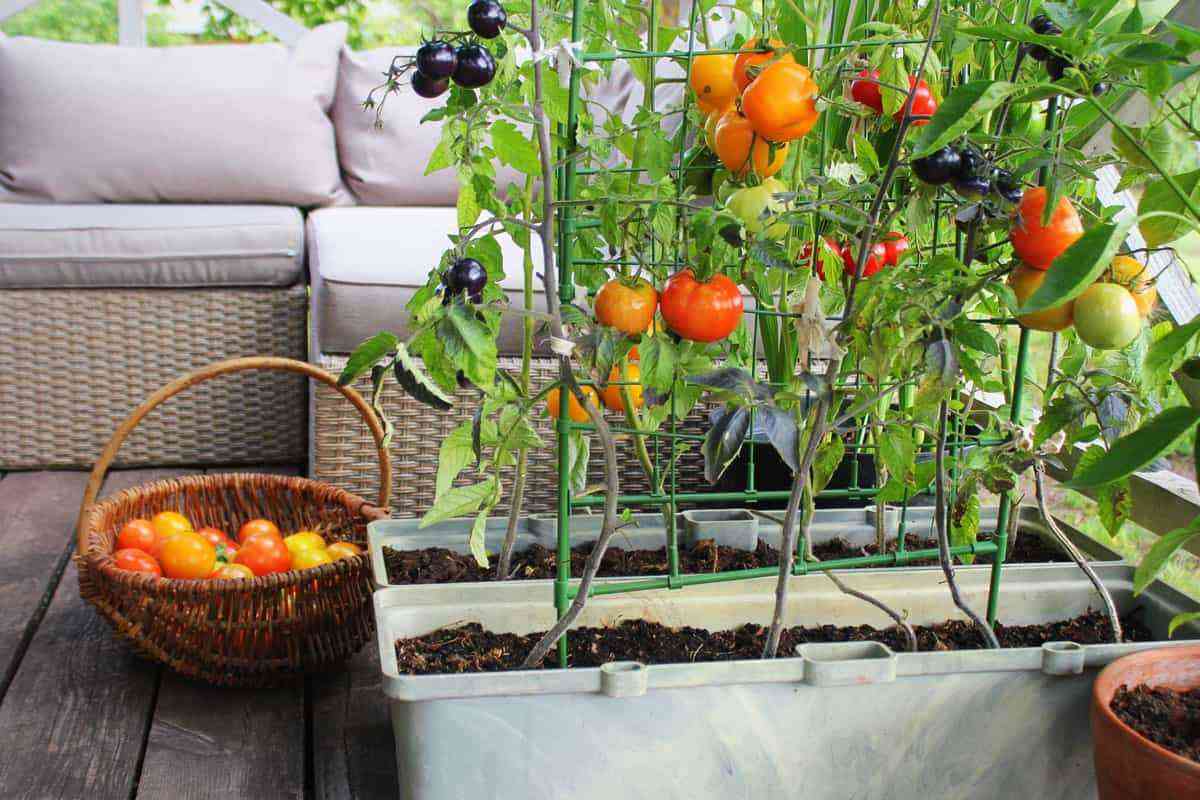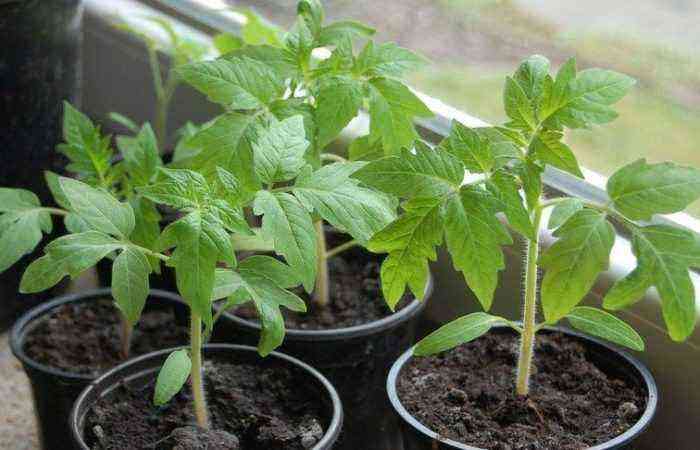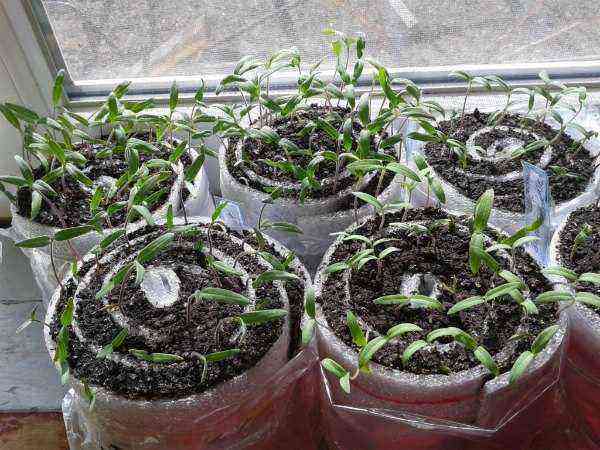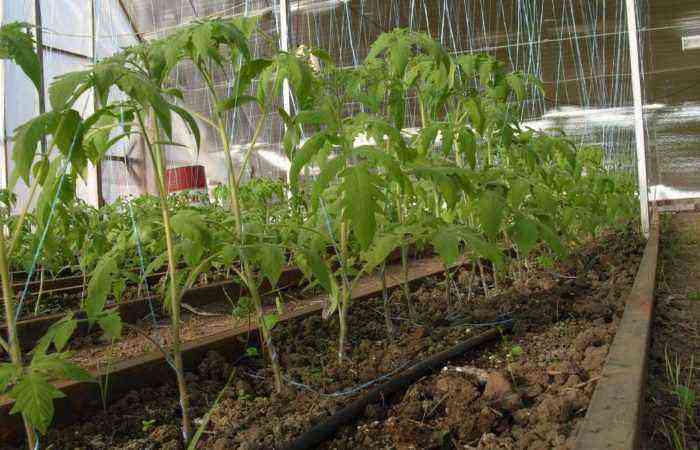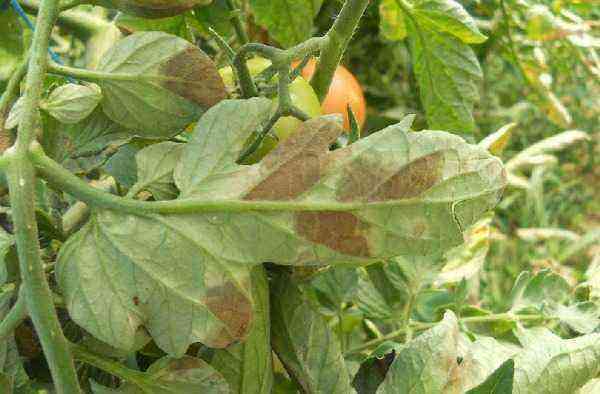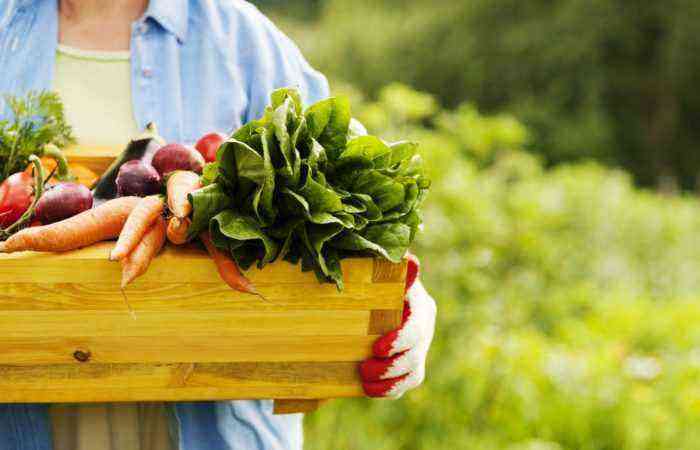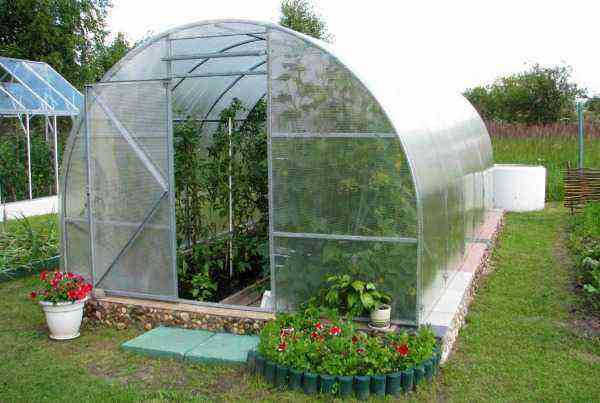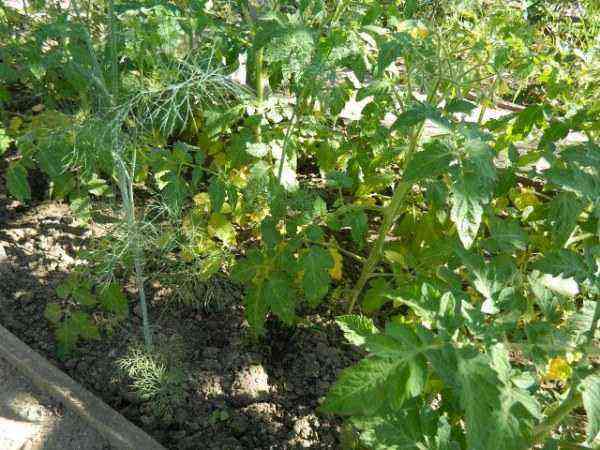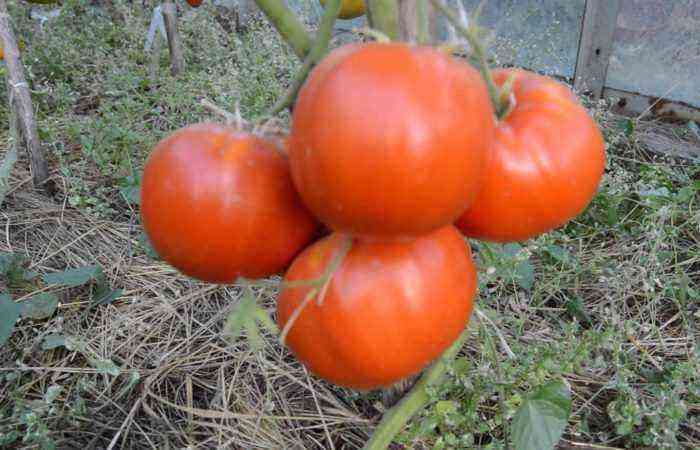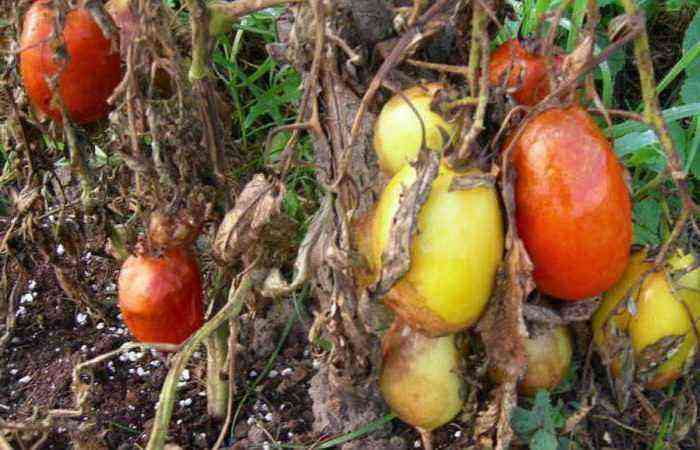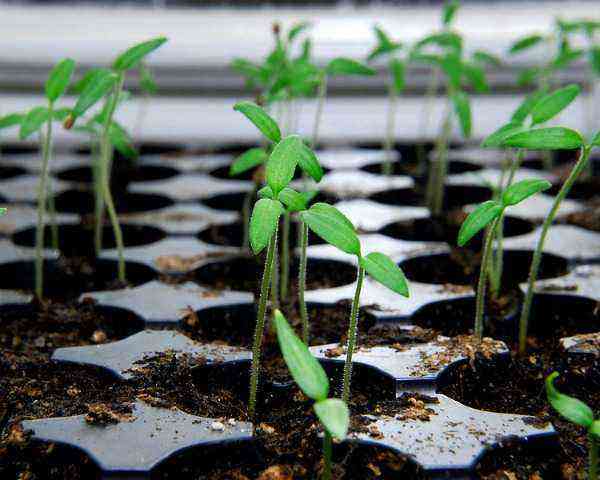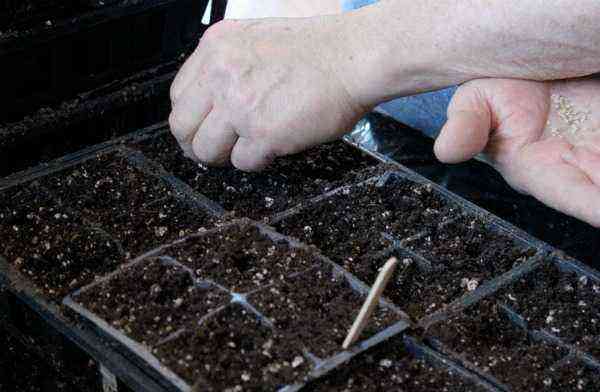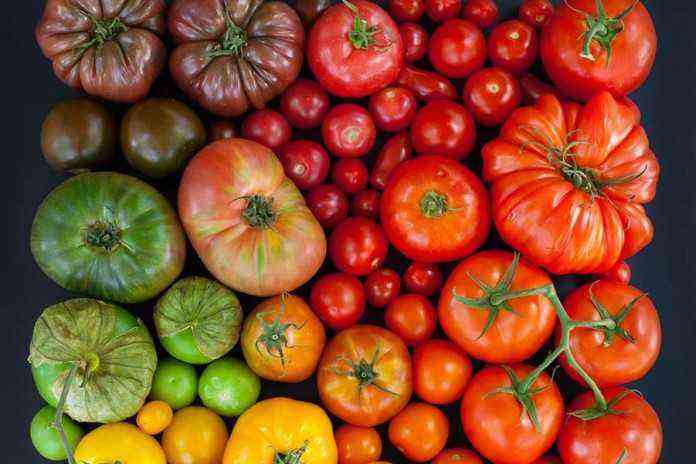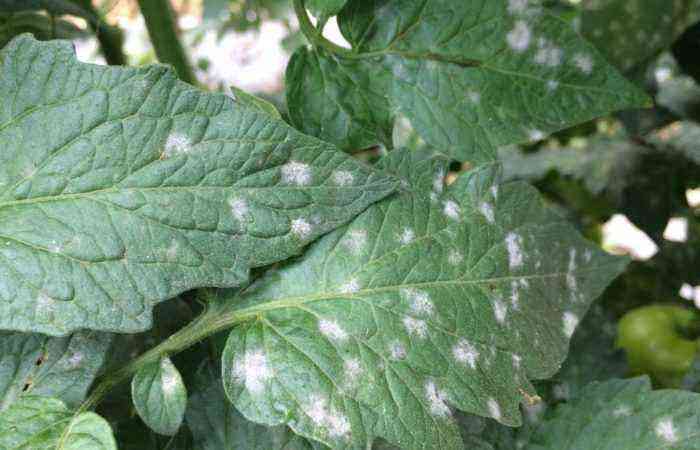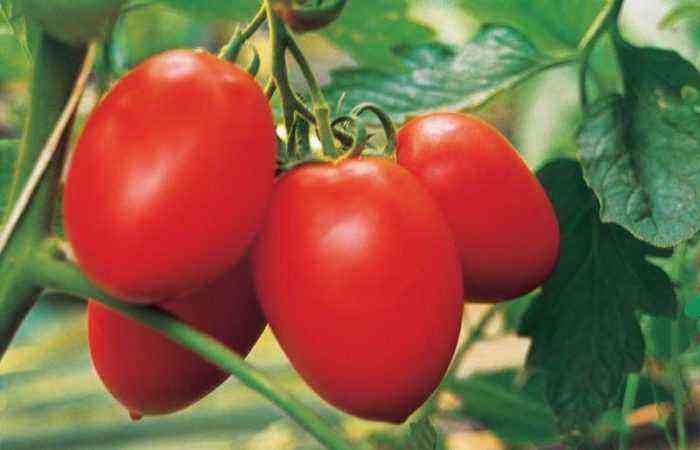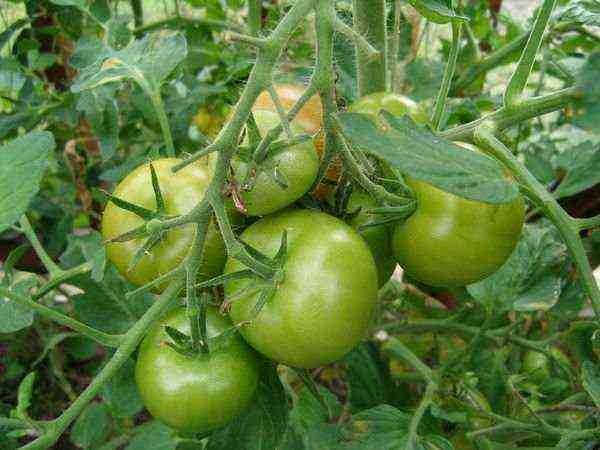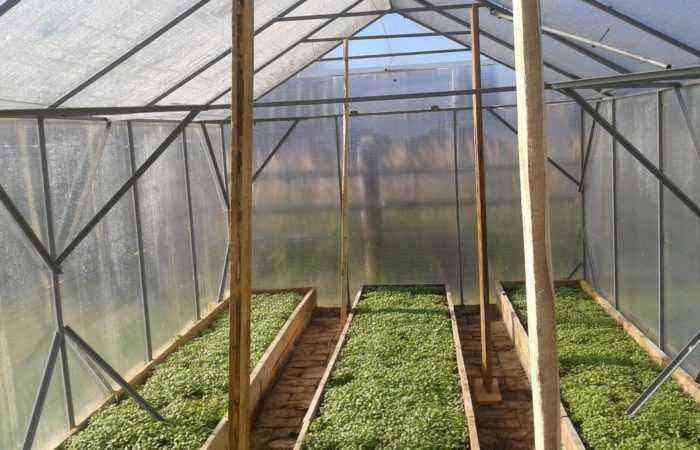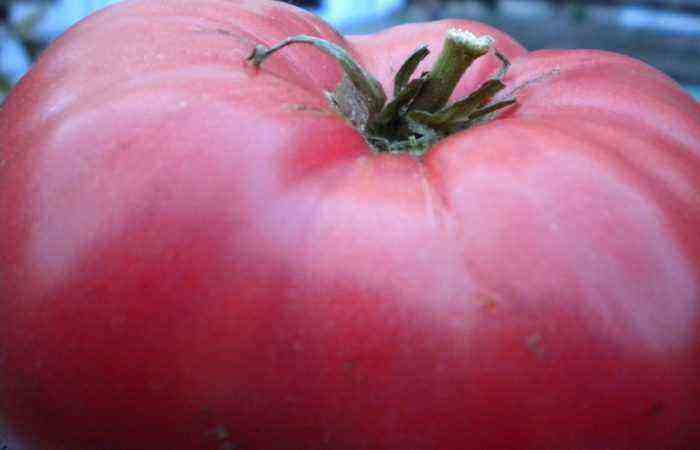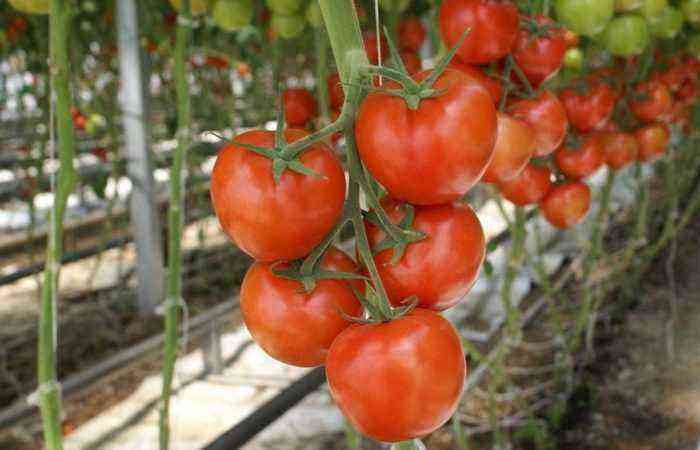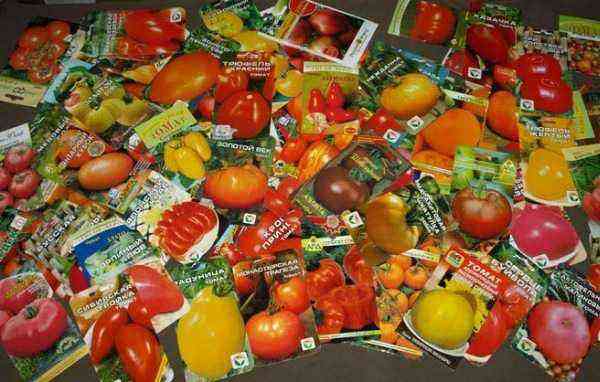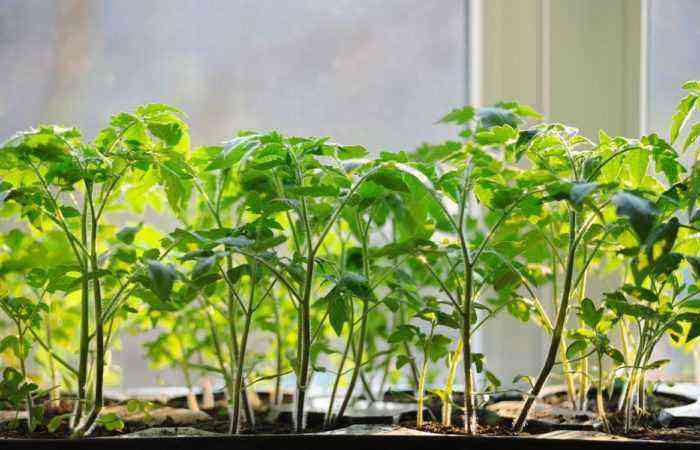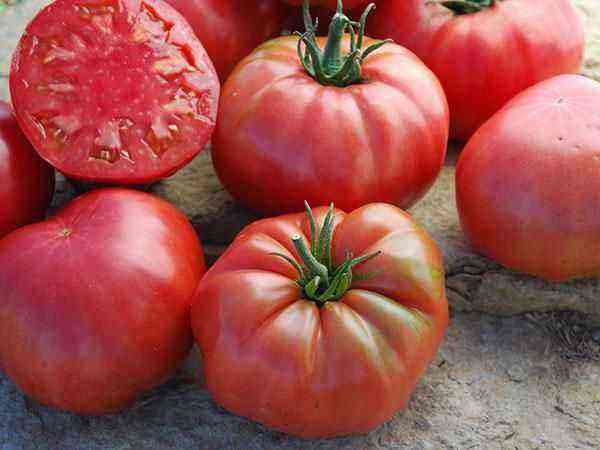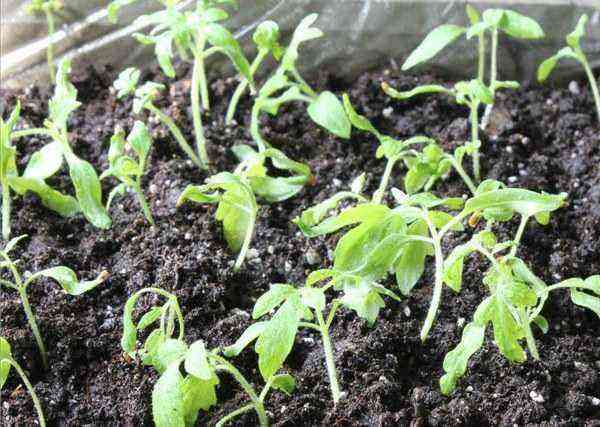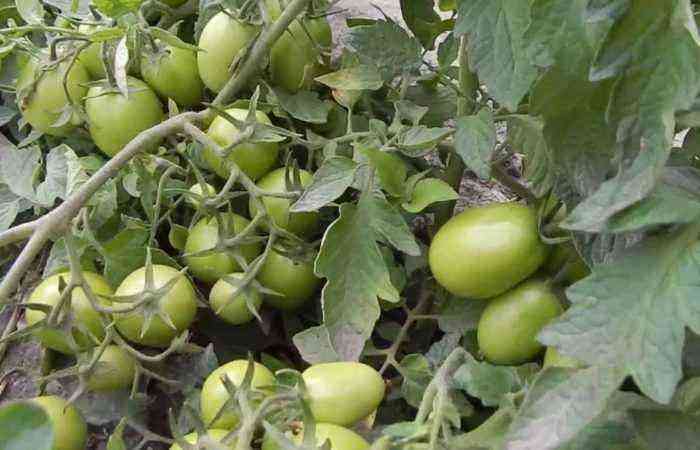The yield of tomatoes is only 30% dependent on the selected variety. The remaining 70% is the growing conditions and the correct agricultural practices of the open ground beds. Before choosing a variety of tomatoes, one should realistically assess the characteristics of the climate, soils, the presence of running water and many individually insignificant factors. Collected in a single picture, these “little things” allow you to deliberately approach the organization of growing tomatoes.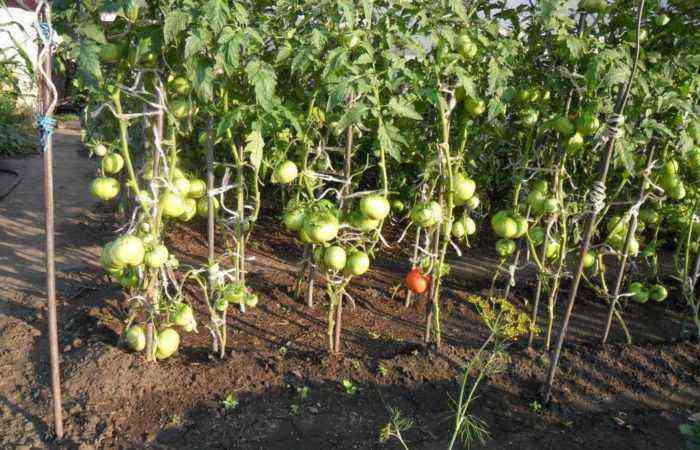
How to choose a place for a bed of tomatoes
Tomatoes are sensitive to growing conditions – the subtropical origin of nightshade crops affects. On the site for a tomato bed, a well-drained sunny area, protected from the wind, should be allocated.
It is highly undesirable to plant tomatoes in the same place repeatedly, as after any nightshade – potatoes, peppers, eggplants. It is necessary to wait 2-3 years to reduce the likelihood of an outbreak of infections whose spores remain in the garden.
The best predecessors for tomato crops are onions, garlic, carrots, cucumbers, all legumes or green manure that improve the soil.
When choosing a place for a tomato garden, nearby neighbors in the garden should also be taken into account.
- Do not place tomatoes next to potatoes. In addition to diseases, they have a common pest – the Colorado potato beetle.
- Experienced summer residents know that marigolds and calendula not only decorate the site. Planted along the edges of the beds, flowers repel insect pests. Phytoncides of fragrant plants resist outbreaks of late blight and other fungal diseases of tomatoes.
Tomato beds – what and why?
Tomato bushes do not get sick and give a good harvest on fertilized structured soil without stagnant water. Excess soil moisture provokes epidemics of fungal diseases. The lack of water stimulates the development of the root system. In search of water, tomato roots penetrate to a depth of 1 m.
If the groundwater level is high, it is necessary to drain the water. Land reclamation is a labor-intensive and expensive event, which is mandatory when planting perennials.
In the case of growing annuals, including tomatoes, it is much easier to organize high beds.
“High” is a relative term. To drain excess water, it is enough to raise the bed by 15-20 cm. To give a neat look, the edges can be strengthened with scraps of slate, boards, etc.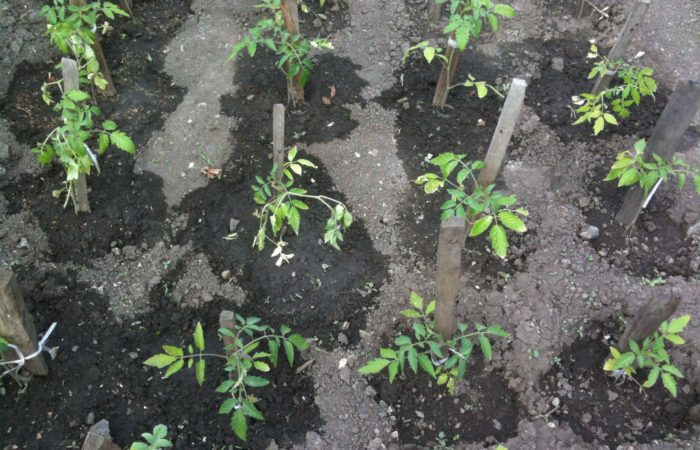
What Tomatoes Love – Soil Preparation
After choosing the right place, soil preparation is the second most important stage in the cultivation of open ground tomatoes. The soil in the garden for growing tomatoes begins to be prepared in advance – in the fall.
Autumn work
After the end of the season, the site must be deeply dug for the winter – wintering insects and the roots of perennial weeds freeze out, raised to the surface. Under plowing (digging), poor soil is fertilized. Choose one of the ways:
- organic – 5 kg of humus or compost (incomplete bucket) per 1 sq. m;
- mineral fertilizers – 50 g of superphosphate (1/4 cup) and 20 g of potassium salts per 1 sq. m.
spring work
As soon as the soil in the garden matures, it must be dug up and harrowed. Under digging contribute:
- bird droppings – 1 kg per 1 sq. m;
- hardwood ash – 1 kg per sq. m;
- ammonium sulfate – 25 g (1 tablespoon with a slide) per 1 sq. m.
Tomatoes do not tolerate acidic soils. It is easiest to bring the pH back to normal with lime (about 500 g per 1 sq. M). When planted, wood ash (under a bush – 2 tablespoons) not only deoxidizes the soil, but also contains all the necessary trace elements.
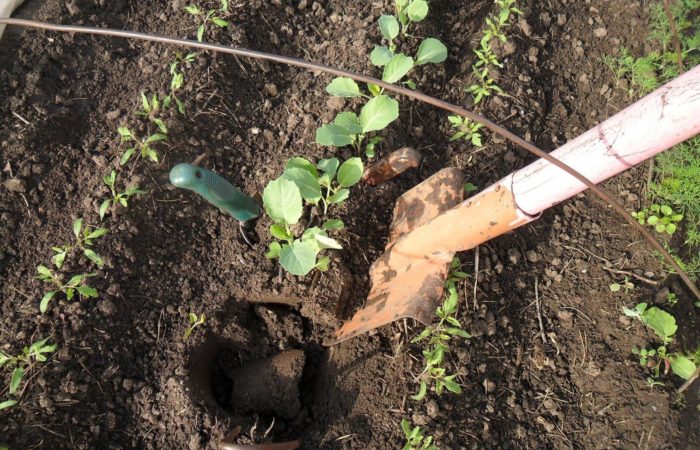
Tomato planting scheme – what does it depend on?
In mid-late May, when the danger of return frosts has passed, the bed for tomatoes should be fully prepared:
- pre-planting soil preparation was carried out;
- rows are marked;
- wallpaper installed.
It is most convenient to grow tomatoes in rows or narrow ribbons of 2 bushes wide. This method of placement in the garden creates a favorable microclimate for tomatoes:
- oriented “south-north” rows of tomatoes are evenly illuminated by the sun throughout the day;
- the space between the bushes is well ventilated – the best prevention of fungal diseases;
- plants are grown on supports – they can be easily shaped in the right direction to ensure maximum fruiting;
- tomato bushes tied to a trellis are convenient to water, easy to process with top dressings, chemicals;
- in case of bad weather, tomatoes growing in a row can be easily covered with a film or agrofibre;
- the clear geometry of tomato beds allows you to organize a competent system of drip irrigation and top dressing.
The structure of the bush and planting methods – the relationship
Depending on the size of the tomato bush, experienced gardeners pre-mark the beds for each variety according to its characteristic features.
Variety Plant height Features of planting in open ground Determinate and superdeterminant up to 50-60 cm Distance between rows is not less than 40-50 cm, spacing in a row between plants is not less than 30-35 cm. Medium height 70-120 cm Minimum distance between rows is 50 -60 cm, in a row – 40-45 cm. Indeterminate up to 2 m (growth is unlimited, pinch the top) Aisles at least 60-70 cm wide, distance between bushes – at least 45-50 cm.
The scheme for planting tomatoes is determined solely by the size of an adult plant. Excessive planting should be avoided. In conditions of insufficient ventilation and an excess of moisture, colonies of fungi and rot develop spontaneously. There is no way to do without additional treatments with chemicals.
Tomato planting schemes – which one to choose for open ground?
To obtain the maximum yield, the scheme for planting tomato seedlings on a bed of open ground should be correlated with the characteristics of the variety. For early low-growing and late-ripening indeterminate varieties, planting patterns differ in row spacing and distance between bushes in a row.
Square-nesting
The principle of placing seedlings is clear from the name itself. The bed is marked into squares 80 × 80 cm. Depending on the type of bush, the number of seedlings in each “nest” varies:
- undersized early – 2 plants each;
- medium-sized large-fruited – 1 plant;
- tall late – 1 plant.
The advantages of the method are manifested during watering and treatments. In hot weather, the bushes shade each other from the sun.
Tape
A shallow trench is dug along the beds – 30 cm is enough. In the trench itself, at a distance of 30-40 cm, seedlings are planted in the wells by 1 plant. Between such “ribbons” leave a passage of 70-80 cm.
The advantages of the method are obvious:
- it is convenient to place a trellis for tall varieties, tie up and form plants;
- root dressing, watering, loosening and mulching do not cause difficulties;
- tomato bushes are well ventilated and translucent.
Tape-nested
With a large number of bushes, a more crowded planting of plants with ribbons is justified. “Tape” is nothing more than 2 closely spaced rows of tomatoes planted 2 bushes per hole. The distance between the 2 “tapes” is 60 cm. A passage of about 1,5 m is left between the tapes.
It is very convenient to water such a bed:
- stretch the drip irrigation tape along the trench;
- just throw a hose and wait until the water soaks the soil.
Chess
The principle of planting seedlings is very similar to the previous one. Tomatoes are placed on both sides of the trench so that the plant of the 2nd row is in the middle between 2 plants of the 1st row.
The method allows you to really save space without harming the crop:
- plantings are not thickened – it is easy to process, water, harvest;
- tomatoes are well translucent, there is no stagnation of damp air, chemical treatments are minimized – the crop is of high quality and environmentally friendly.
Conclusion
The harvest of tomatoes from an open field bed and its quality depends not only on the variety.
The number of fruits, ripening time, their taste is influenced by many factors, including the scheme for organizing a tomato garden.
The right approach to choosing a scheme will allow not only rational use of each square meter of the site, but also get the maximum benefit with minimal effort.

